Interview with digital art pioneer Frieder Nake

The following is Mark Amerika's first-person self-report:
I've known Frieder Nake for 25 years, when I was the founding director of the University of Colorado's PhD program in Transmedia Arts, Writing, and Performance. Nake came to the University of Colorado at Boulder in 1990 as a visiting professor of computer science.
This has thus led to a decades-long conversation about art, algorithms, information aesthetics, semiotics, artificial intelligence, remix culture, and neoliberal capitalism.
Frieder Nake, a historic figure who will celebrate his 84th birthday at the end of this year, held his first digital art exhibition in Stuttgart in 1965, along with computational artist Georg Nees.
In 1968, his work was included in the "Cybernetic Serendipity" at the ICA (Institute of Contemporary Art) in London and "Tendencies 4" at the Croatian capital Zagreb.
As a member of the first generation of digital artists, in order to build a platform for digital generative art to gain a foothold in contemporary art, Nake created a precedent for a complete break with traditional art media.
Nake's radicalism can be summed up in one of his words in the 1960s, "Like a computer program, every painter is a finite picture generator." (Note 1)
Given the recent surge in interest in generative art, I asked him what he thinks of current developments and his own place in art history.

Mark Amerika : "Generative art has become very important not only in the digital art space, but also in the contemporary art world. Can you describe how, in the 1960s, as a young man studying mathematics, he developed an automatic flat-panel drawing What's it like to use the Zuse Graphomat Z64, the computer's programming software?"
Frieder Nake : "I was still a student in 1963, but I was almost graduating. Students in Germany are very liberal, and if you are a student of mathematics, you are even more regulated. My computing at the University of Stuttgart Central work, the position is similar to that of a teaching assistant or a software developer, mainly responsible for assisting the person in charge of the "library".
One morning, the director of the center, Walter Knödel, came up to me and started the following conversation in his beautiful Viennese accent:
Walter Knödel: "Mr. Nake, we're going to buy a plotter."
Frieder Nake: "Hmm." (I didn't know any specific details at the time...)
Walter Knödel: "But we didn't buy the right computer software."
Frieder Nake: "Hmmm."
Walter Knödel: "Can you make it?"
Frieder Nake: "Yes."
Later, when things came to a successful conclusion, I could not help but admire Knödel as I recalled the past.
He trusted the young, confused student, even though the student was unlikely to know anything about what was about to happen, but Professor Knödel, a mathematician, believed that the student was capable of doing something he didn't know. .
I'm also proud of myself because I didn't hesitate to give an answer right away, a positive answer, and I should have asked for a book or something or something. "

Mark Amerika : "These experiments you started in 1963, and your later studies of art and algorithms, made you a veteran calculus with Vera Molnar, Georg Nees, A. Michael Noll, and Manfred Mohr.
A core group of artists, known for computational programming art, doesn't mean they're all doing the same thing, or having the same aesthetic. Can you talk about the differences, strategies, or aesthetics of calculus that you find interesting when you look back at the history of digital art and its representatives, including yourself? Did you know at the time that you were making art history yourself? "
Frieder Nake : "Have we, the people you mentioned, ever thought of contributing to art history? Not really (of course, I can only speak for myself now), but some flattering thought (or hope) that creeps in ?) may have made me, deep down, secretly proud.
One thing is for sure, the actual data and sequence of the exhibition, so whether the idea, the direction of the effort, or the success of the first use of the computer, is original.
Personally, I'm almost certain that I'm the first person to actually sell work, and there is a small part of the art market that has started to notice my work.
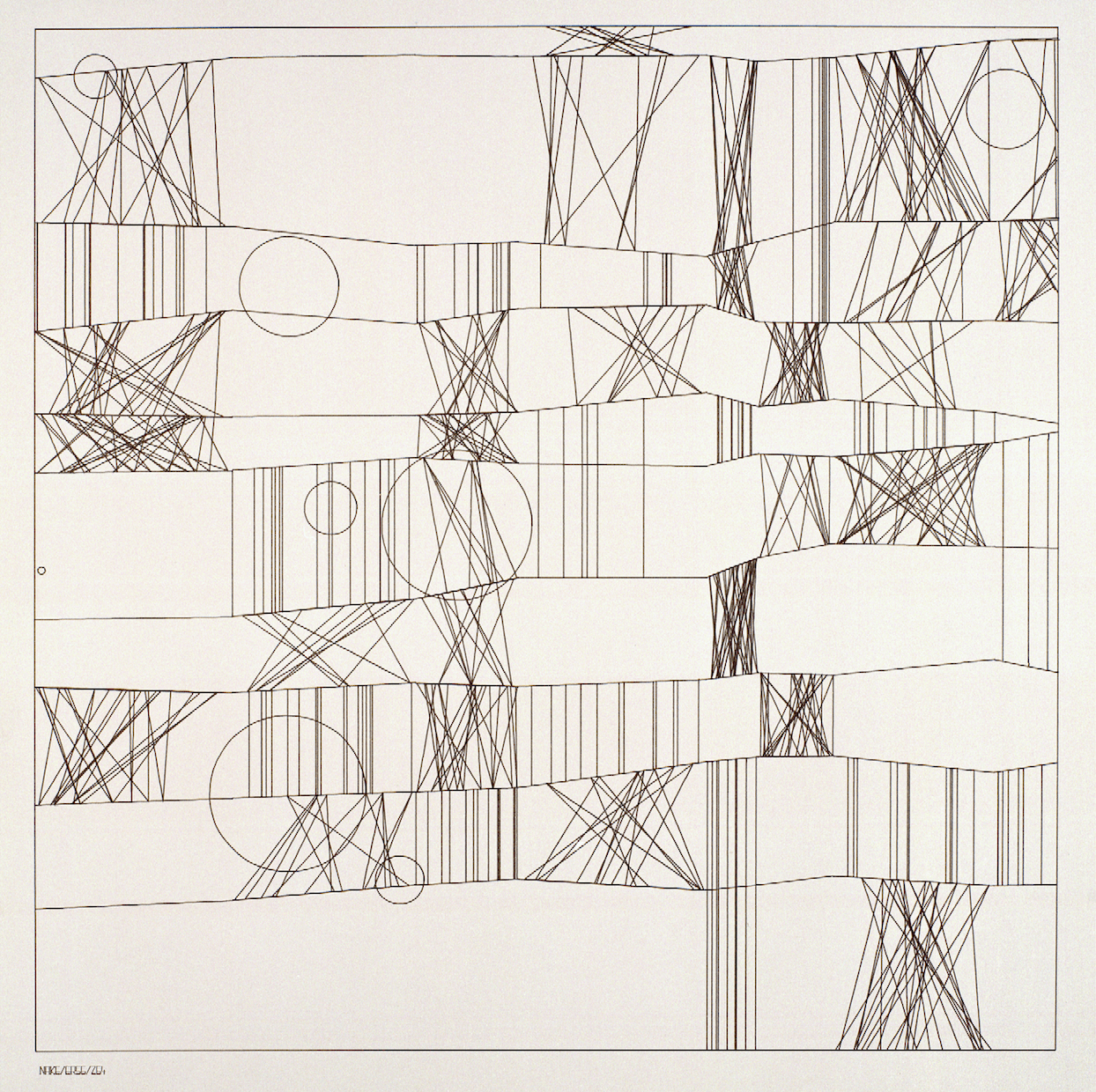
In recent years, many journalists have raised the question "Is this really art?" I believe in what I'm doing and it's not a bad thing. Michael Noll did just a few pieces to demonstrate this new possibility, but it didn't follow the craze. Georg Nees, for the rest of his life, made a ton of stuff (not considering Vera or Manfred) only then they got a little tacky.
However, about the five you mentioned, I have to say that Vera never really became a programmer, her programs were written for her, Manfred was helped by his wife, and I'm proud that, No one ever gave me a single line of code.
In addition to points, lines, and related shapes, today's polygons are drawn by computer graphics devices. I believe the following sentence can clearly express the attitude that someone should have when they want to use a computer to create a painting or a work of art: " Imagine the picture first, don't make it directly! "
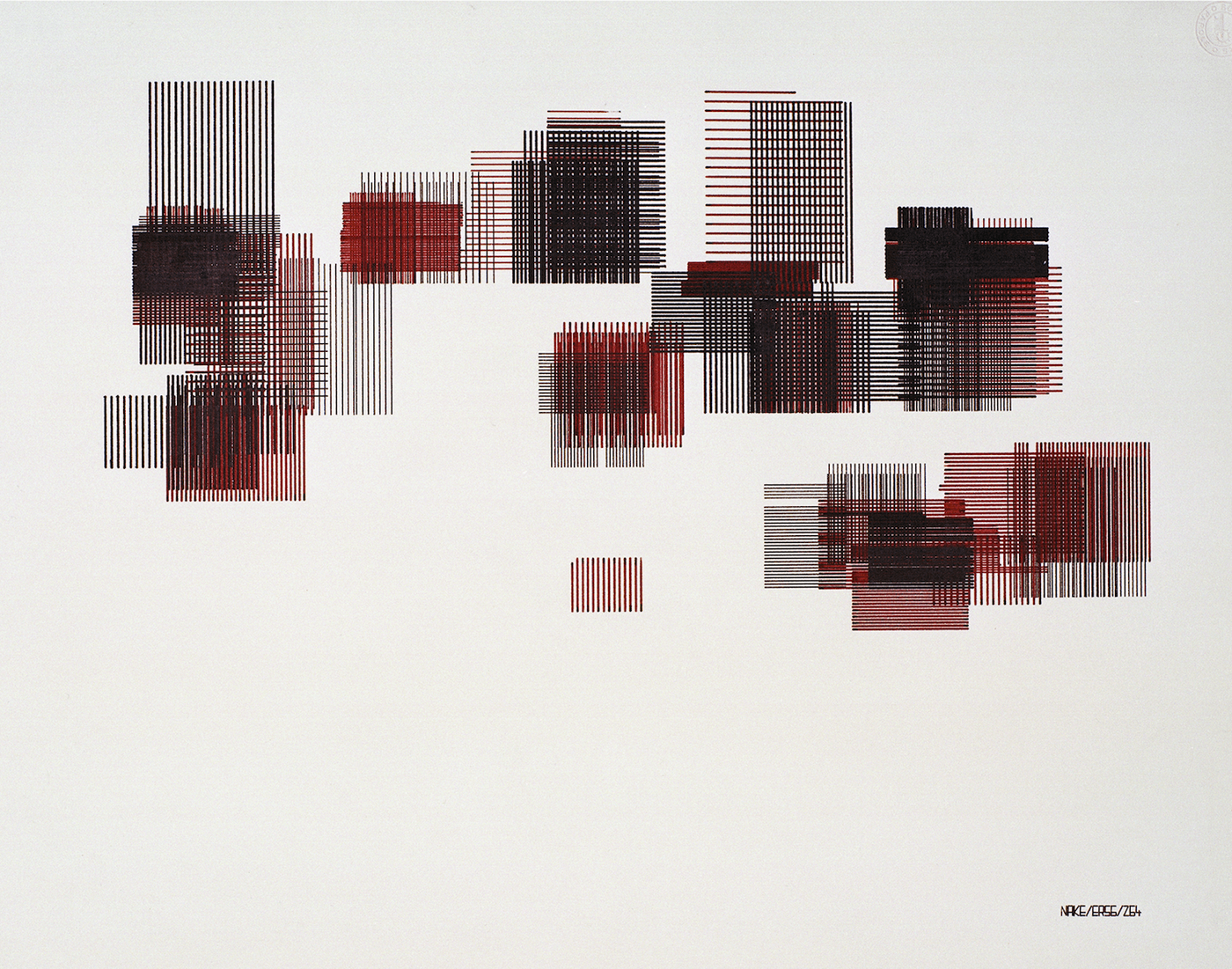
Mark Amerika : "I just reread your 2005 article, Computer Art. A Personal Recollection, in which you tell the story of how you started exploring 60 years ago and became a calculus practitioner to invent new art forms , we later called these art forms digital or generative art.
In the article you write that you think "calling attention to the early history of digital art may be more important than everyone thinks, why do you think so?" (Note 2)
Frieder Nake : "The paper you mentioned was published in 2005, forty years after the third computational art exhibition in 1965. In 2005, we entered the period of the algorithmic revolution, and the early computational art was still Rely on traditional exhibitions and reviews, such as galleries or museums, news dailies or art magazines.
The conception and generation method of this new art is completely different from traditional art. Although it has been conceived and presented in traditional ways as much as possible, its content is not like this, and even a little exaggerated. It's very confusing for the audience, especially the critics, who don't understand all this, but maybe they just don't want to understand it.
Therefore, in the field of traditional art, the emergence of algorithmic art is confusing and disturbing, but few people have noticed that the algorithmic revolution has brought a huge impact on the art circle, and a few open-minded people may only feel It just seems like something is going on, and most images today (at least to some extent) are already influenced by algorithms and numerical rules. "
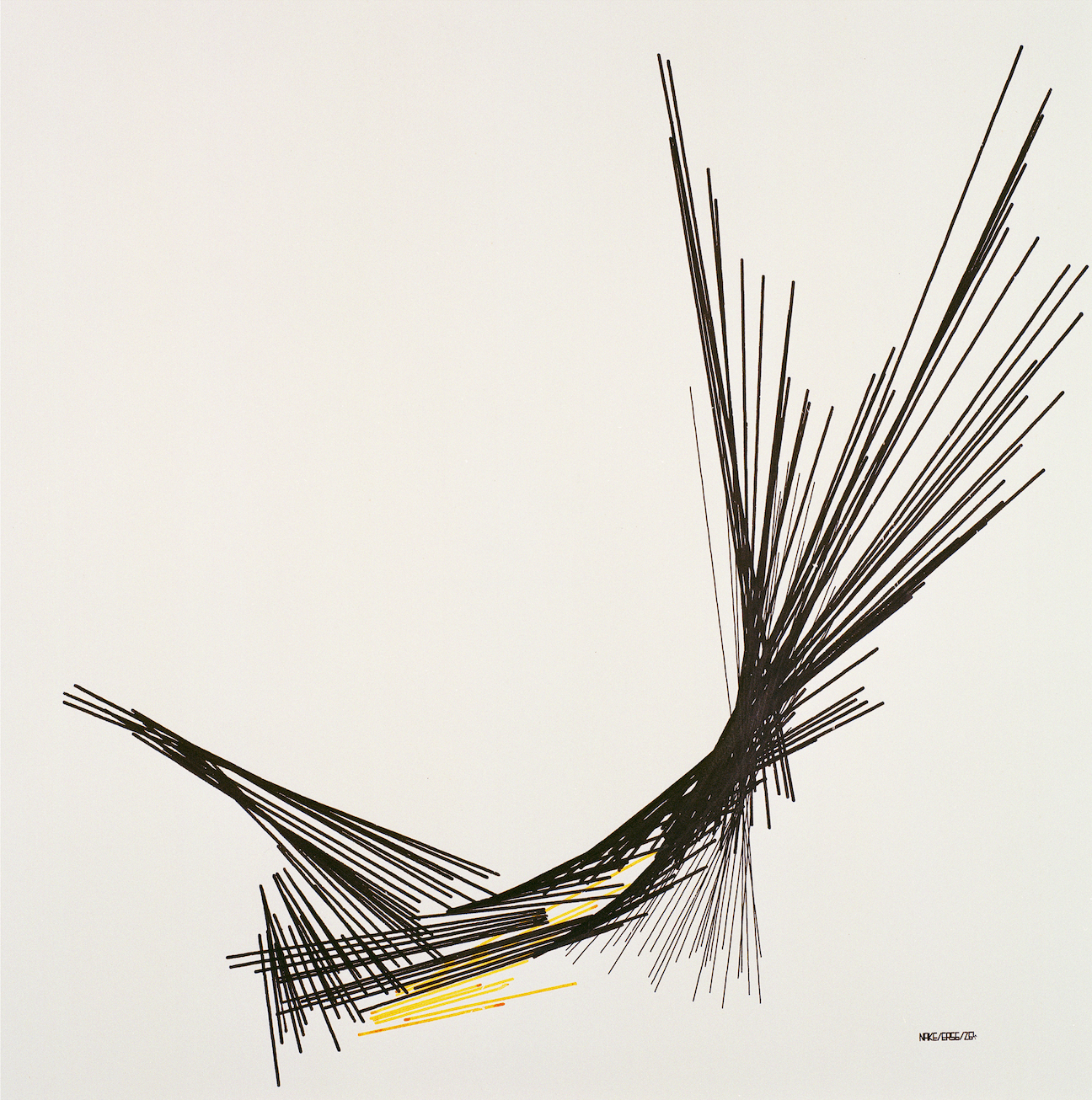
Mark Amerika : "I think the last two times we met were in Paris, when you met and gave interviews with Vera Molnar, and at the British Computer Society in London, for the 20th anniversary symposium, and my GRAMMATRON (1997) project Exhibition. At the meeting that afternoon, someone inadvertently called the human brain a computer, which triggered a strong reaction from you. Remember what made you so angry?”
Frieder Nake : "I feel insulted whenever someone equates the brain with a computer, and even though the person is not targeting me and has no interest in me at all, I'm still angry, aggressive, and I will never stop this reaction.
A computer is a machine, it is an object, it has no life, it is just a lifeless thing; the brain is an important organic feature of animals, especially humans, which has a direct and complete relationship with life.
If the body dies, the brain disappears; if the brain dies, the body dies soon. Machines have no life, brains only have life. How can anyone, with a good mind, feel that there is any connection between the two? "
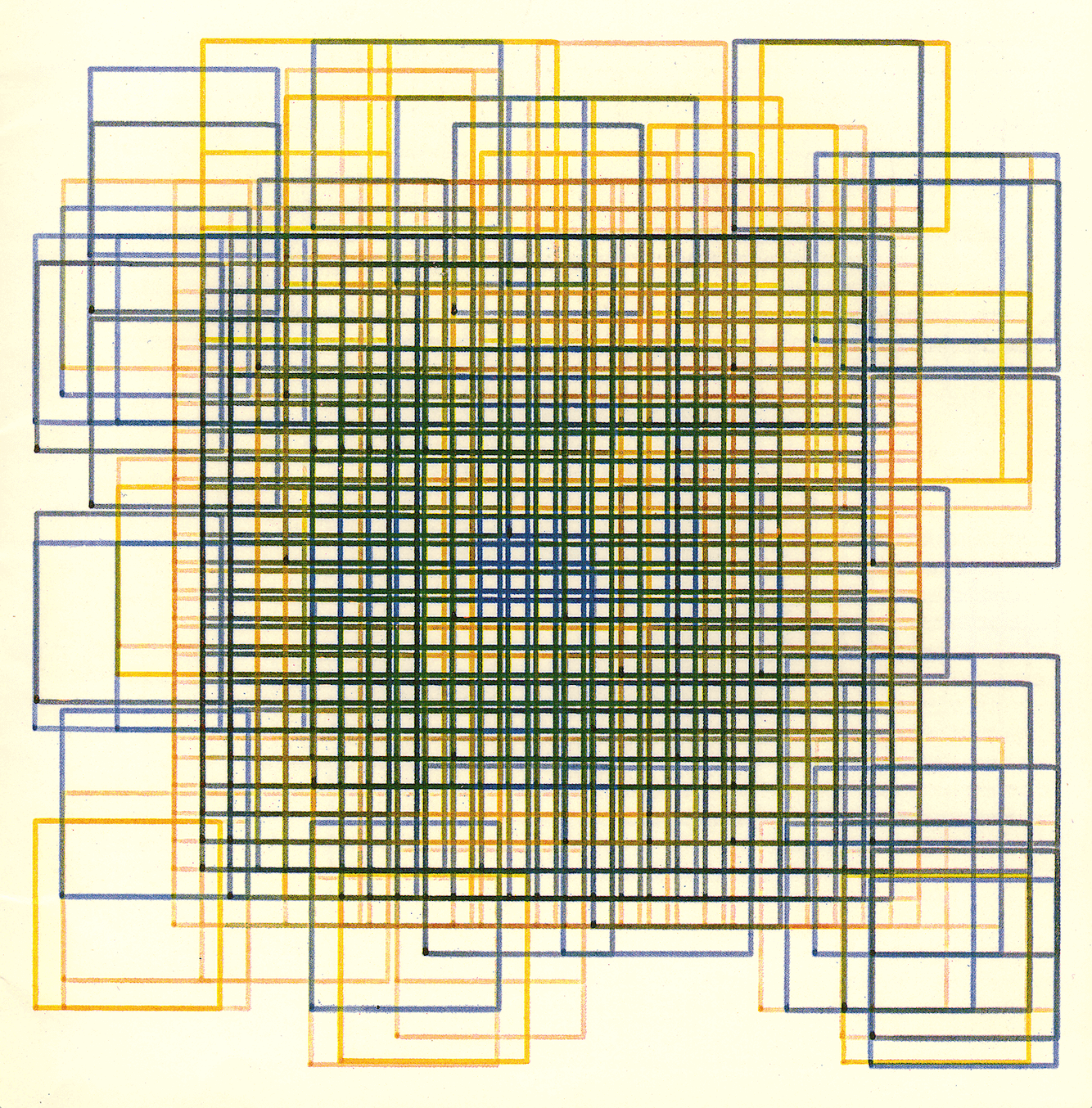
Mark Amerika : "You emailed me recently saying that artificial intelligence is a concrete case of computability, but intelligence is not just computability, could you please elaborate on what you mean?"
Frieder Nake : "Humans have the ability to build computers. Computers are instruments that "mechanize" certain mental operations. More generally, computers are machines that mechanize mental work. Among all machines, the computer is the machine responsible for the mental operation of calculation, and only what human judges can be calculated will be put on the computer.
Computation is a specific mental (and therefore intelligent) operation, but the functions that can be calculated actually only account for a part of intelligence, that is, only things that can be calculated can be executed by computers, and those that can be executed by humans. It's more than that. "
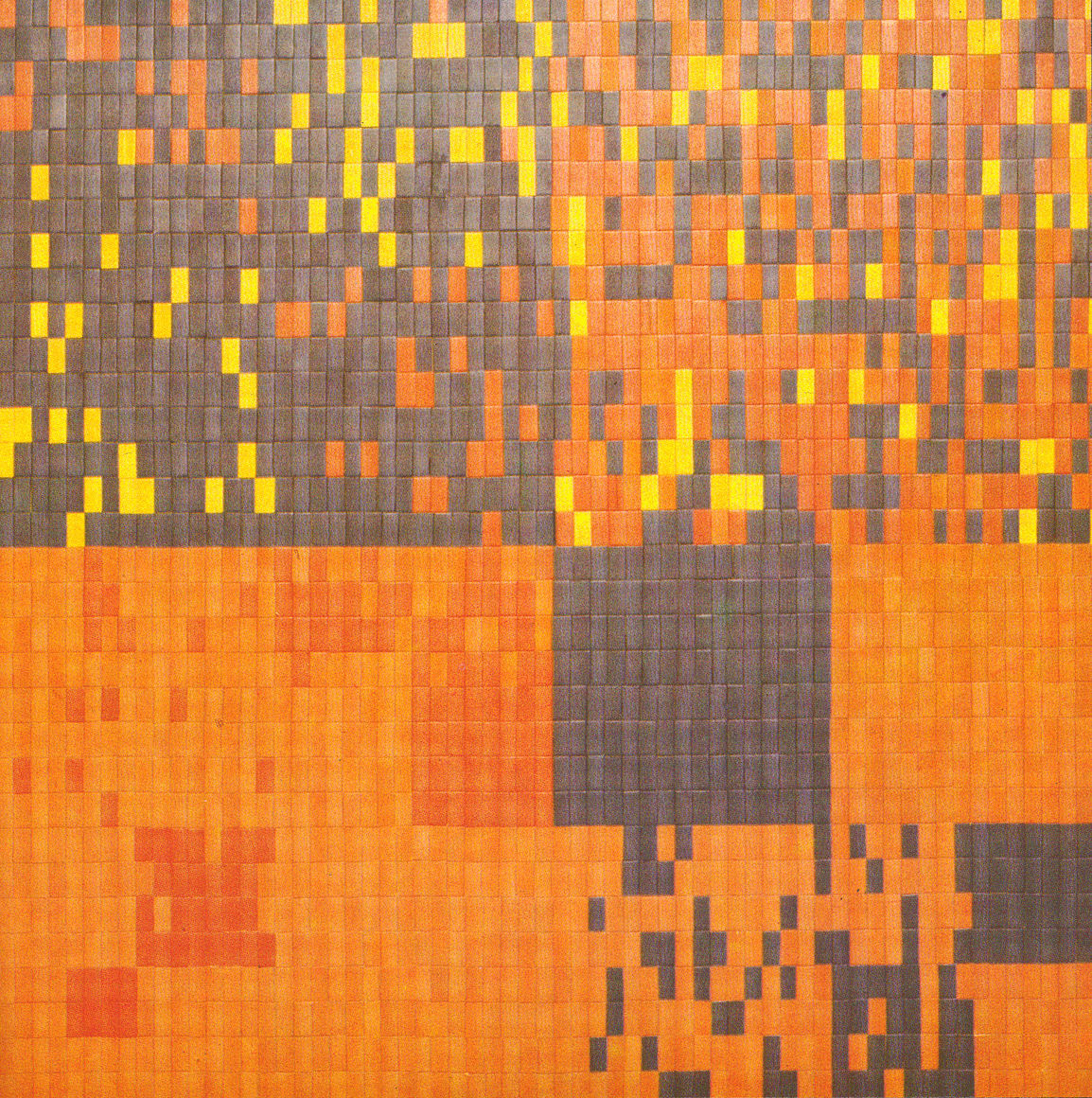
Mark Amerika : "I remember you telling me you went to Southern California to see Harold Cohen when he was nearing the end of his life and I sensed that you were close to him in spirit.
What I've always found interesting about his lifelong interactions with AARON (the digital art program) is his interdependence with artificial intelligence, the realization of his own vision for art, and apparently he codifies what we might think of as creative autonomy AARON, and later replaced it with a more complex relationship.
What are your thoughts on the difference between a work drawn using artificial intelligence or any software system, and a creation calculated by self-compiling software, in which case it is possible that the software system no longer needs a human as an intermediary? "
Frieder Nake : "It's a beautiful thing to remember Harold and the program he wrote, AARON. Unless there is a program (a computable function), and there is a computer that can execute it, there is only one computer Can't do anything. Usually some data needs to be entered first, either at the beginning or repeatedly as the program runs.
The static way is to provide all the data at the beginning to make sure they all work, the dynamic way is to provide the input data step by step, but doing so will need to consider the output so far. And the source of these input data is the environment that can be without human intervention.
These two modes can be called "passive" (providing data before run time) and "interactive" (providing data at run time), the difference is that in passive mode, the human has to plan everything before run time, while in interactive mode Next, consider what has happened so far, and that's it.
By the way, computers do not have the ability to create, these are just interpretations of human beings. "
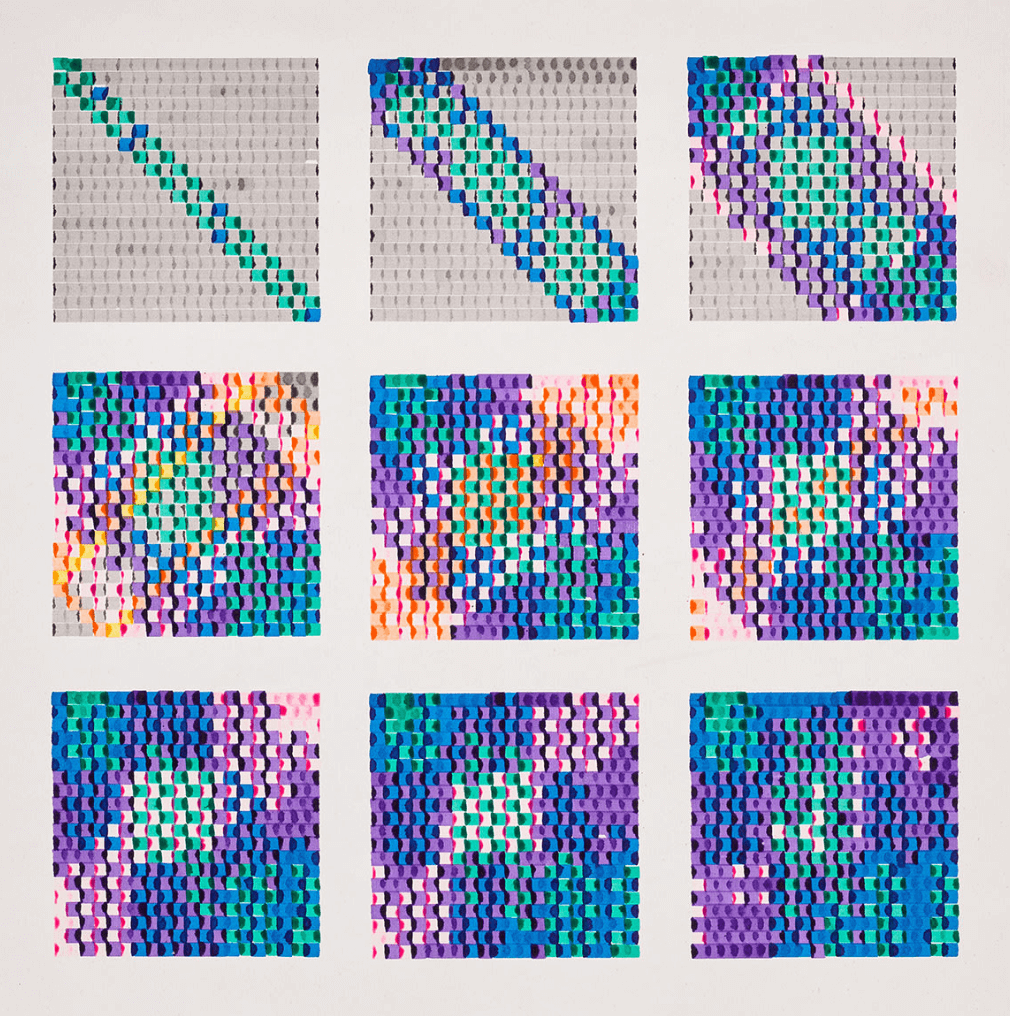
Mark Amerika : "We've had a lot of great exchanges over the years, and I've learned a lot about your experience as a computational artist, and a professor of information science at the University of Bremen, where you directed research on 'Art and Algorithms' Panel, I would like to close our brief conversation by digging deeper into the theory of information aesthetics.
You said that this theory is both radical and powerful. Here are two details I want to discuss with you. Is a computer a semiotics machine? Can it present its own creative aesthetics? "
Frieder Nake : "I still like to characterize computers (and their software) as 'semiotic machines' why? Computers process data and programs. Both are entities with a very low degree of physical existence. They exist more like "symbols," entities that represent other entities. Because of the representation of symbols, other things can be extended. It is a relationship, not a thing.
But of course a computer can only manipulate symbols in limited ways, it can only manipulate the syntax of the symbol, not its semantics, let alone the language.
Therefore, the claim that computers are "semiotics engines" sounds fine at first glance, but is actually false. In order to start a symbol program (transformed symbol collection), the computer must first restore the symbols to their syntax, because the semantics or language of the symbols cannot be calculated by the computer. The reason for this is that the computer does not have the ability to interpret , just zero.
So the computer transformed those symbols into a vastly reduced form, and in their grammar (as data) the miracle is what happened, that is, the computer was only operating at the lowest level of the semiotic process, and even then it The operation can still help us.
Since the end of World War II, the fact that humans have had a machine for processing semiotic programs, albeit in an extremely simplified model, is astonishing and dangerous at the same time.
The dangerous part is that the way computers operate based on semiotics can lead to some huge imaginations. We, symbolic animals, will always be in the company of symbolic machines, and in such a relationship we tend to develop fantasies without any rational basis. "

Mark Amerika : "One of the things that surprised me during the heyday of international touring as an internet artist and VJ (video jockey) was that during the many trips to and from Bremen, you picked up at the airport Me, we rushed to Kunsthalle immediately for the European commemoration of Nam June Paik (artist - Nam June Paik).
Since I'm running late, it's exciting to run around the city with you, the veteran calculus, to the memorial of veteran film artist Nam June Paik.
At the same time, "I", a veteran Internet artist at the time, who had a serious jet lag, was surprised to see Nam June Paik's original exhibition in Upata in 1963 when we entered the museum and walked to the auditorium of the Nam June Paik Memorial Hall. It was the first exhibition to feature video art (or experimental television as Nam June Paik called it at the time), and I marveled at the environment I was in and was fascinated by everything about the memorial until you called me by my name, I woke up from it all and waved me into the auditorium where the memorial service began. "
Frieder Nake : "Thank you for reminding me of the wonderful memory of our trip to the memorial before I wrap up the interview. It's definitely something that both of us should and must keep in our hearts. It's one of the rare moments in our lives. One, when something is about to happen to us, and we let it happen, and by making it happen, to understand, to feel how art lives within us, and to gently remind each other that even though we all live in art , slowly, quietly, and alone, dedicating our lives to art, we are still different individuals.”
【 Frieder Nake 】
One of the first artists to use algorithms in digital art creation was influenced by philosopher Max Bense, who created his earliest artwork in 1963. In November 1965 he held his first exhibition of computer-generated art "Computer-Grafik" at the Wendling-Niedlich Gallery in Stuttgart.
Currently showing part of the series Ex Machina: A History of Generative Art in Phillips, London, his work is collected by many international institutions, including the Kunsthalle Bremen, the Victoria and Albert Museum, and the Tate Gallery.
【Mark Amerika】
Mark's digital art works have been exhibited in international units such as the Whitney Museum of American Art, Denver Art Museum, Institute of Contemporary Art, and Walker Art Center, and in 2009-2010, the Athens International Museum of Contemporary Art held a comprehensive exhibition of the artist Retrospective exhibition "UNREALTIME".
His digital art book GRAMMATRON (1997) remains one of the seminal works of internet art and electronic literature, and his latest work, My Artificial Intelligence Life (2022), is a Sensing Media published by Stanford University Press. The first work in the series.
(Note 1) Frieder Nake, "On the Inversion of Information Aesthetics," Bit International 7, 1969, 61.
(Note 2) Frieder Nake, “Computer Art. A Personal Recollection,” 5th Proceedings of Creativity and Cognition, London, UK, April 2005, 62.
original source
In addition to sharing Taiwanese NFT projects on Matters , c2x3 is also committed to promoting Taiwanese projects to the world! If you like our content, we sincerely invite you to share our articles for more people to see! We will also appear on Facebook , as well as the English version of Twitter and Medium , please remember to like, subscribe and share for us, please give us more advice!
Like my work? Don't forget to support and clap, let me know that you are with me on the road of creation. Keep this enthusiasm together!





- Author
- More